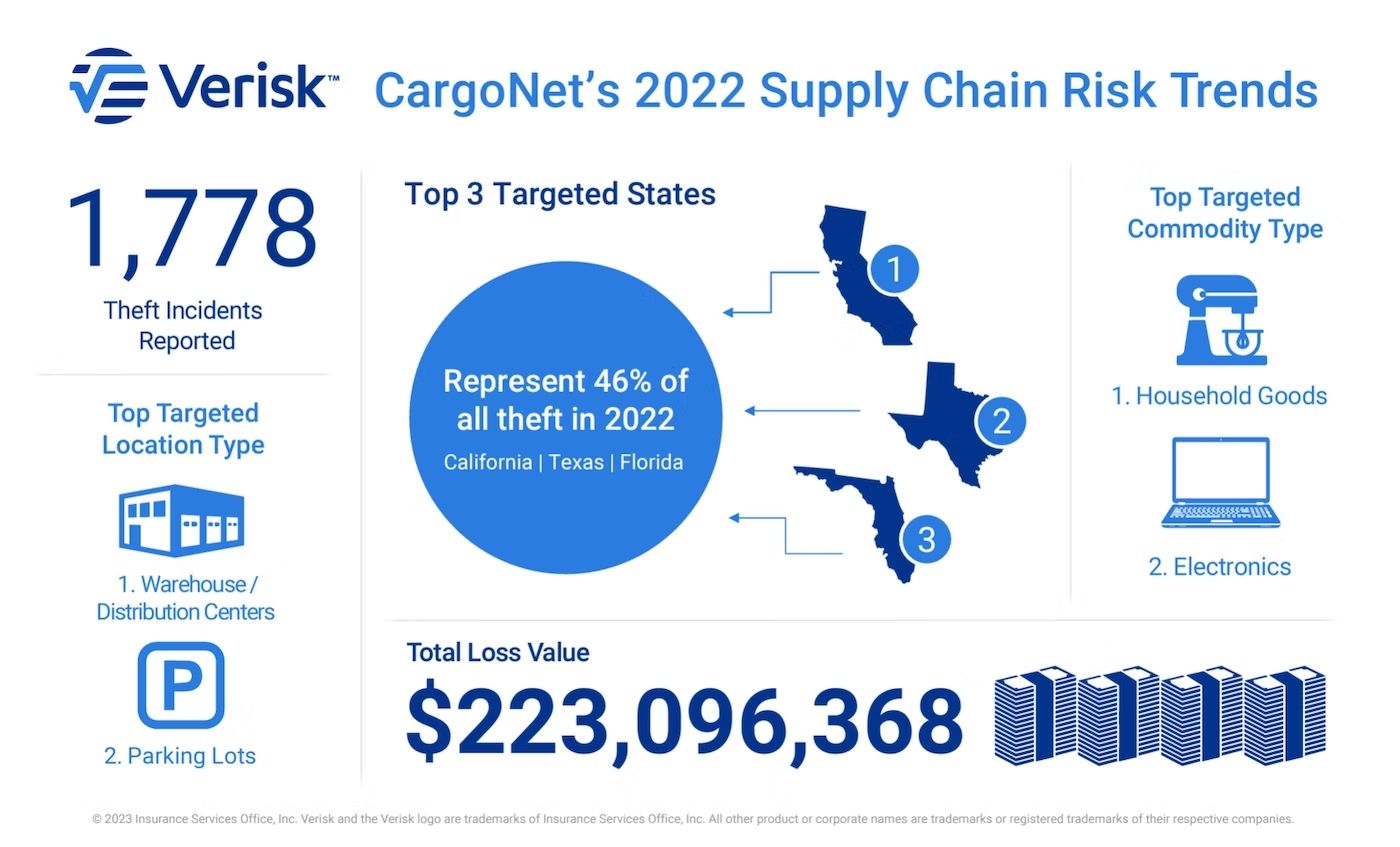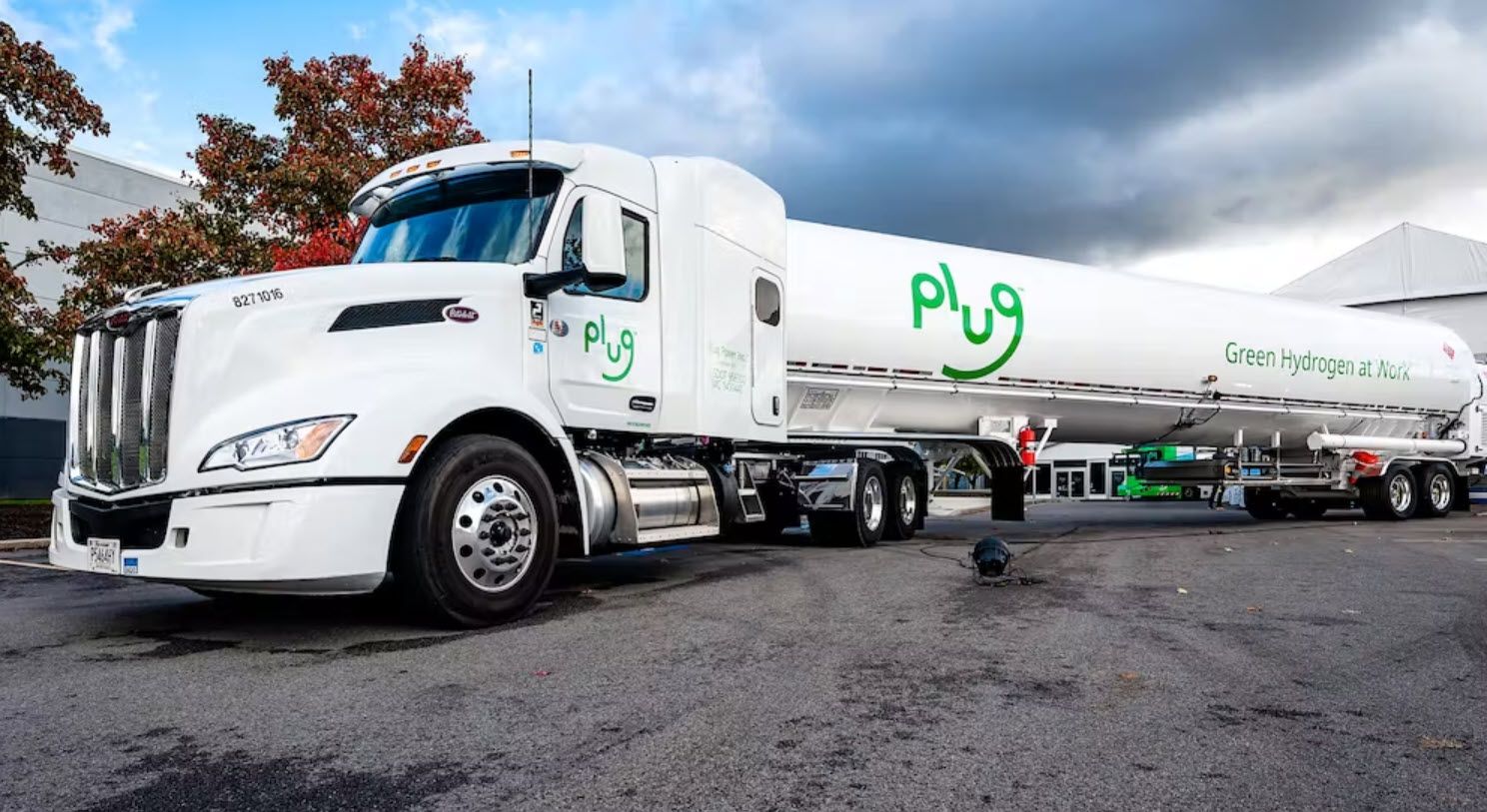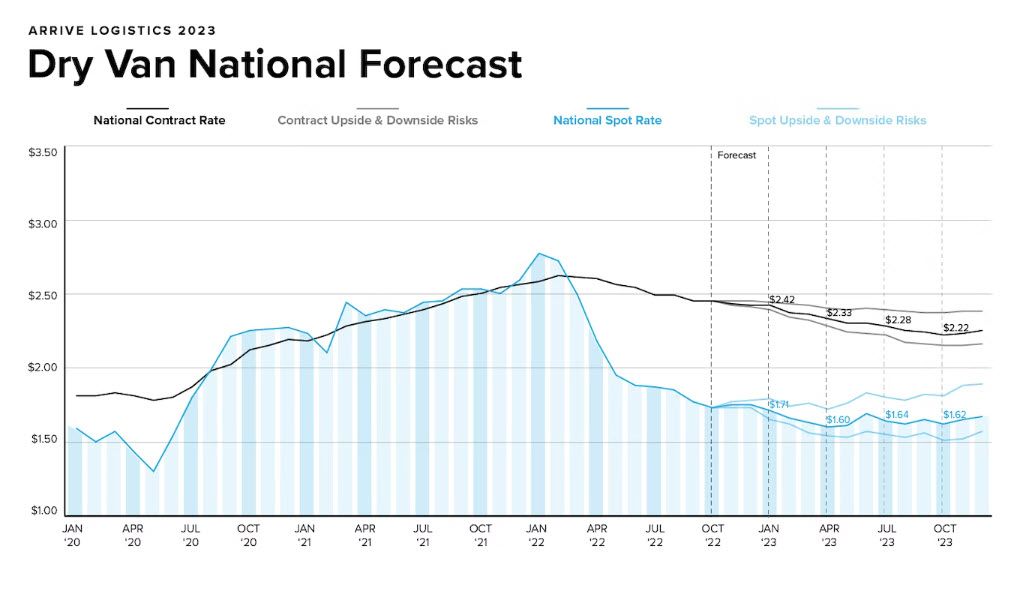What Are Logistics in Healthcare?

What Are Logistics in Healthcare?
LOGISTICS & SUPPLY CHAIN | WAREHOUSING & DISTRIBUTION | LOGISTICS SERVICE PROVIDER
The need for medical equipment, medical supplies and medicine is never-ending, and getting all those items to where they are needed when they are needed is healthcare logistics. The practice of healthcare logistics is similar to any other industry, only with potentially higher stakes. Logistics in healthcare is a true life and death scenario as if the right pharmaceutical or medical tool is unavailable where it's needed, patients suffer the consequences. Within healthcare or medical logistics are unique supply chains depending on the product. Some medicines (and even some equipment) require temperature-controlled environments, while some equipment may need special packaging due to fragility or awkward sizing. Regardless, healthcare logistics is multi-faceted and quite important, so managing the process is made easier by a logistics service provider with the right expertise.
How do you ship medical supplies and equipment?
Shipping many types of medical supplies and equipment requires specialization to ensure they arrive undamaged and on-time. While those goals are similar to any other load, there are more factors to consider when it comes to medical equipment, including these four key ones:
- Temperature/humidity sensitivity
- Hazardous materials
- Packaging/Shipping in parts
- Insurance and tracking
To get into a few more specifics, some equipment - due to either the technology inside or the materials its made from - may require a constant temperature, humidity level or both to avoid damage. That means reefer shipping must be a part of those plans. Speaking of materials, some - in the medical world, mercury is a common one - may be hazardous. In these cases, measures must be taken to ship them legally and safely.
When it comes to packaging, many types of medical equipment are very intricate instruments, meaning packaging must be a similarly delicate process to avoid even the slightest bit of damage. Otherwise, equipment could be compromised. That may mean dividing the equipment into parts for reassembly at the destination or developing a special packaging process that can be reused each time new equipment is sent. Finally, as with any important shipment, ensure you have the right insurance and have full visibility into your medical freight throughout the shipping process.
Learn more about shipping medical supplies and equipment in our video on healthcare and medical supply chains:
What is a pharmaceutical supply chain?
A pharmaceutical supply chain features a few basic steps shared by most supply chains, with a medical twist. A pharmaceutical supply chain involves:
- Raw materials/suppliers
- Manufacturing
- Wholesale distribution
- Pricing
- Retail pharmacies
Raw materials and supplies are the beginning of any product, and pharmaceuticals are no exception. Whether it's a specific raw mineral or a refined one, medicines begin this way. Then, it's onto the manufacturer to synthesize the pharmaceutical and package it. Next, distributors receive bulk quantities. The unique step is the pricing, as it's set in concert with pharmacy benefit managers or PBMs. Finally, the pharmaceuticals are available to customers/patients through, you guessed it, the pharmacy.
Whether you're shipping medical supplies, medical equipment or pharmaceuticals, the experienced logistics team at InTek can help. Let us know what your healthcare shipping needs are, and we'll be happy to work on a solution - even if it's one you may not have expected.











